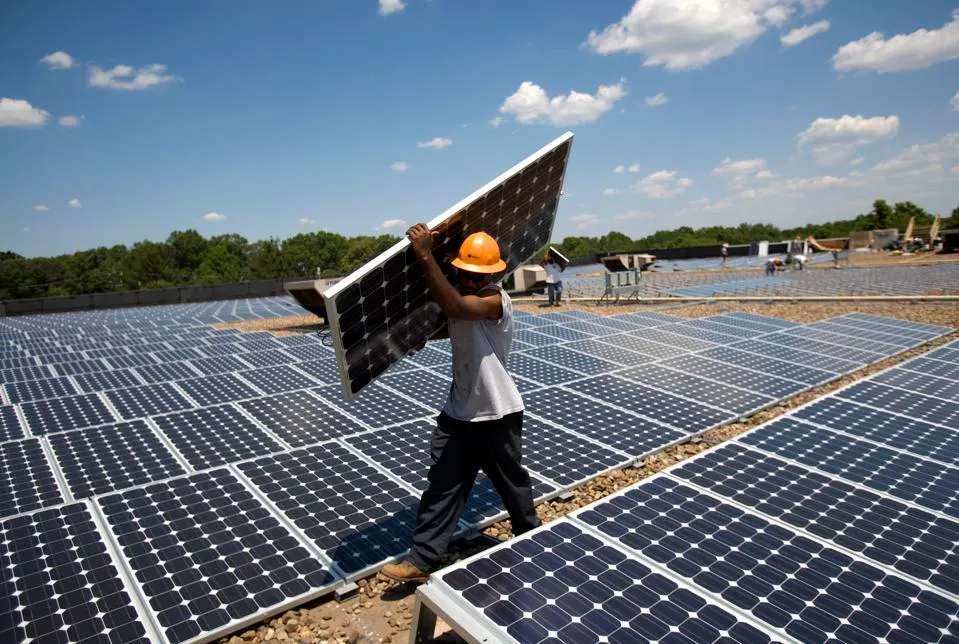Future Of Energy: How Solar Power Is Fueling The Cryptocurrency Boom
time:2024-02-02 09:22:28 Views:0 author:Jinan Freakin Power Ltd.
How much energy does it take to mine Bitcoin? This question often sends shivers down the spine of environmentalists who have always rallied against crypto mining. Regulators already frown upon the existence of cryptocurrencies, and major thinkers across the US are mulling over introducing a hard ban on crypto. It might seem unfair, but these inflated emotions seem justified when you look at the stats: CoinGecko reported that a solo miner would require 266,000 KwH to mine 1 Bitcoin. Now that the halving is upon us, this number will increase.
Amidst environmental fears, skeptics often ignore one thing: According to CryptoSlate, more than 50% of Bitcoin mining relies on renewable sources of energy. Furthermore, more than 23% of it is done using hydropower, and over 7% of those renewable mining operations rely on solar power according to the same source. This percentage might not be that low for long. There have been concerted efforts to make solar energy more viable, with some conglomerates already setting up mining operations that harness the power of the sun.

Solar-powered crypto mining is now seen as more viable than ever, and there are many reasons for this. First, solar energy is clean and abundant. If harnessed properly, it can power whole mining operations without contributing to greenhouse gas emissions.
Public awareness of large bitcoin sales, such as those made recently by Grayscale, can make investors wary. However, the opaque nature of these large OTC trades and their lack of integration into global order books reduce their overall market impact on the bitcoin price.
While there is sufficient liquidity at present to manage ETF demand within OTC desks, this may change in the future. The absolute maximum supply of the Bitcoin network is set at 21 million coins, and thousands of bitcoins enter ETFs daily. Conversely, only 900 BTC is mined every day, which will fall to 450 BTC within the next 80 days, following the next halving. If demand continues, the fixed supply of bitcoin may make it harder to create new ETF shares. At this point, the ETFs could substantially affect the bitcoin price, as ETFs may have to source bitcoin directly from exchanges.
Ultimately, the effect on the bitcoin price will play out over months and years, not hours and days. The short-term anticipation and excitement for a spot bitcoin ETFs was perhaps overstated. However, the long-term impact may have been wildly understated.




